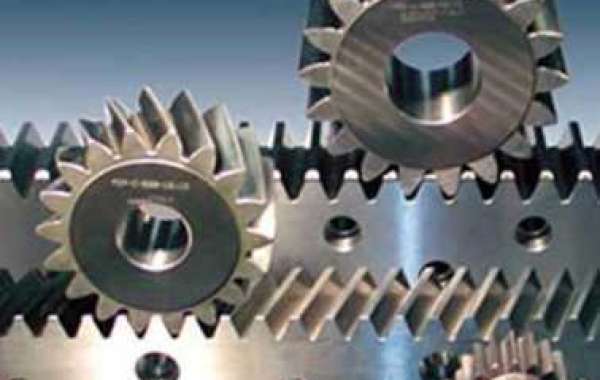Gear and Rack Mechanism
A gear and rack mechanism consists of a gear and a rack. We have already discussed gears in detail. Racks can be classified into straight racks and helical racks. The tooth profile of a rack is a straight line rather than an involute curve, equivalent to a cylindrical gear with an infinitely large pitch circle radius.
Key Characteristics of Racks
- Constant Pressure Angle: Due to the straight tooth profile, all points on the tooth profile have the same pressure angle, which is equal to the inclination angle of the tooth profile. This angle is called the tooth profile angle and is typically 20°.
- Constant Pitch and Module:Any straight line parallel to the tooth top line has the same pitch and module.
- Pitch Line:A straight line parallel to the tooth top line and with a tooth thickness equal to the tooth space width is called the pitch line (centerline). It is the reference line for calculating rack dimensions.
Applications of Gear and Rack Transmissions
- High-speed, high-precision positioning mechanisms:Gear and rack transmissions are suitable for applications that require rapid and accurate positioning.
- Heavy-duty, high-precision, high-rigidity, high-speed, and long-stroke CNC machine tools, machining centers, cutting machines, welding machines, etc.:They are ideal for applications with demanding requirements such as heavy loads, high precision, and long travel distances.
- Factory automation quick transfer mechanisms, industrial robot arm gripping mechanisms, etc.:Gear and rack transmissions are used in various automation applications, including quick transfer mechanisms and robot arm gripping mechanisms.














